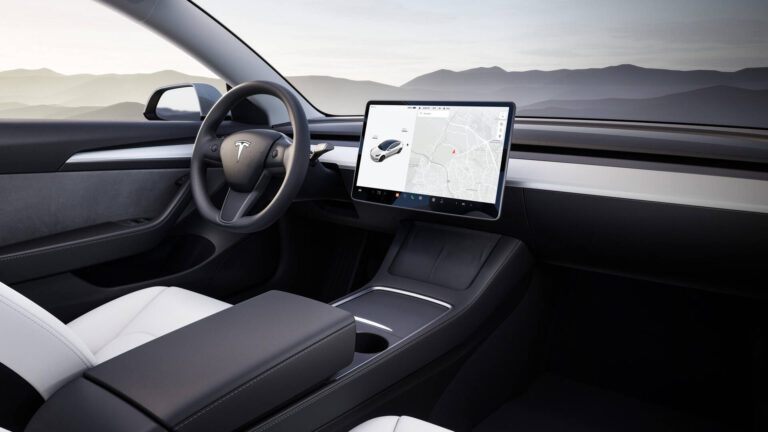Usage-Based Insurance Discounts
Usage-Based Insurance Discounts; In the ever-evolving landscape of the insurance industry, traditional models are being challenged by innovative approaches that promise greater fairness, accuracy, and affordability. One such disruptive force is the concept of usage-based insurance (UBI) discounts. UBI represents a paradigm shift from static, one-size-fits-all premiums to dynamic pricing based on individual driving behavior. This article explores the intricacies of UBI discounts, their benefits, challenges, and the transformative impact they have on the auto insurance sector.
Understanding Usage-Based Insurance
Usage-based insurance, often referred to as pay-as-you-drive (PAYD) or pay-how-you-drive (PHYD), leverages telematics technology to track and assess a driver’s behavior behind the wheel. Telematics devices, typically installed in vehicles or accessed through mobile apps, collect data on various driving metrics such as mileage, speed, acceleration, braking, and time of day. This real-time data allows insurers to tailor premiums to reflect individual risk profiles accurately.
The Benefits of Usage-Based Insurance Discounts
- Personalized Pricing: Traditional insurance models rely on demographic factors and historical data to determine premiums, often leading to inaccuracies and inequities. UBI discounts, however, offer personalized pricing based on actual driving habits, rewarding safe and responsible drivers with lower rates.
- Incentivizing Safe Driving: By linking premiums directly to driving behavior, UBI encourages safer practices on the road. Drivers become more aware of their habits and strive to adopt safer behaviors to qualify for discounts, ultimately reducing the frequency and severity of accidents.
- Cost Savings: For many consumers, UBI discounts translate into significant cost savings compared to conventional insurance premiums. Safe drivers may enjoy substantial discounts, making auto insurance more affordable and accessible, particularly for low-mileage drivers or those with impeccable driving records.
- Environmental Impact: UBI discounts can also promote eco-friendly driving habits by incentivizing reduced mileage and smoother driving patterns. As drivers become more conscious of their environmental footprint, they may opt for alternative modes of transportation or consolidate trips, leading to lower carbon emissions and environmental benefits.
Challenges and Considerations on Usage-Based Insurance Discounts
While usage-based insurance discounts offer compelling advantages, several challenges and considerations warrant attention:
- Privacy Concerns: The collection of detailed driving data raises privacy concerns among consumers. While insurers emphasize the confidentiality and security of data transmission, some individuals remain wary of potential misuse or unauthorized access to their personal information.
- Technological Limitations: Telematics technology is not without its limitations. Factors such as GPS signal loss, device malfunction, or inaccurate data interpretation may affect the reliability of driving assessments, leading to discrepancies in premium calculations.
- Equity and Accessibility: Critics argue that UBI discounts may exacerbate existing inequalities, particularly among low-income drivers or those with limited access to technology. Ensuring equitable access to UBI programs and addressing socioeconomic disparities are essential considerations for promoting inclusivity within the insurance industry.
- Regulatory Framework: The regulatory landscape surrounding usage-based insurance is still evolving, with policymakers grappling to establish guidelines that balance innovation with consumer protection. Clear regulations are necessary to address issues such as data privacy, transparency, and fairness in premium pricing.
The Future of Usage-Based Insurance Discounts
Despite the challenges, the future of usage-based insurance discounts appears promising, driven by advancements in telematics technology, shifting consumer preferences, and industry innovation. Key trends shaping the future of UBI include:
- Integration with Autonomous Vehicles: The rise of autonomous vehicles presents new opportunities for UBI discounts, as self-driving cars generate vast amounts of data that insurers can leverage to assess risk and adjust premiums accordingly.
- Behavioral Analytics: Enhanced data analytics capabilities enable insurers to delve deeper into driving behavior, identifying nuanced patterns and correlations that contribute to more accurate risk assessments and personalized pricing.
- Ecosystem Partnerships: Insurers are increasingly forging partnerships with automotive manufacturers, technology firms, and ride-sharing companies to integrate UBI solutions seamlessly into connected vehicles and mobility platforms.
- Shift towards Mobility-as-a-Service (MaaS): The emergence of MaaS models, encompassing ride-sharing, car-sharing, and on-demand transportation services, creates opportunities for UBI to evolve beyond individual vehicle ownership, with insurance premiums tailored to usage rather than ownership.
Conclusion on Usage-Based Insurance Discounts
Usage-based insurance discounts represent a fundamental shift in the auto insurance industry, heralding a new era of personalized, data-driven pricing models. By rewarding safe driving behaviors, promoting cost savings, and encouraging environmental sustainability, UBI has the potential to revolutionize how auto insurance is priced and consumed. However, addressing privacy concerns, ensuring equitable access, and navigating regulatory complexities are critical to realizing the full benefits of UBI while upholding consumer trust and protection. As technology continues to advance and consumer preferences evolve, the evolution of usage-based insurance discounts will undoubtedly shape the future of insurance and mobility ecosystems.





